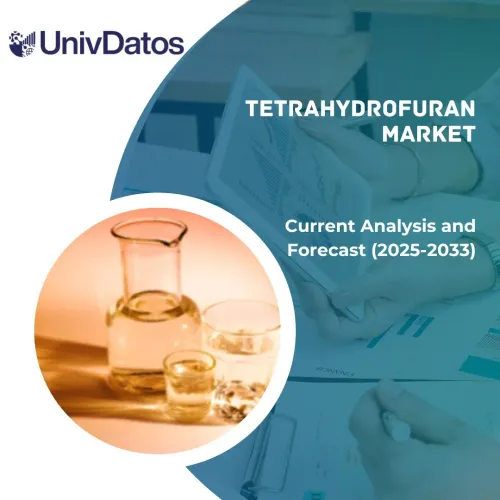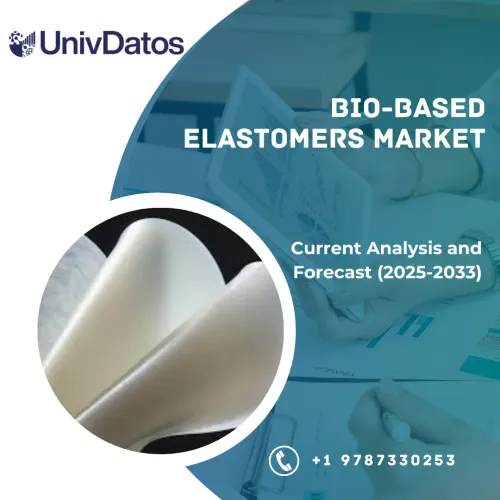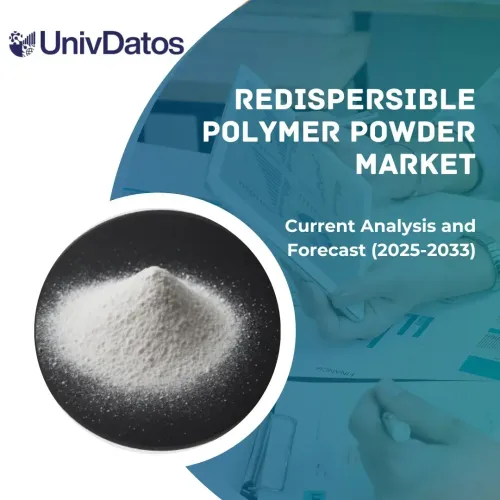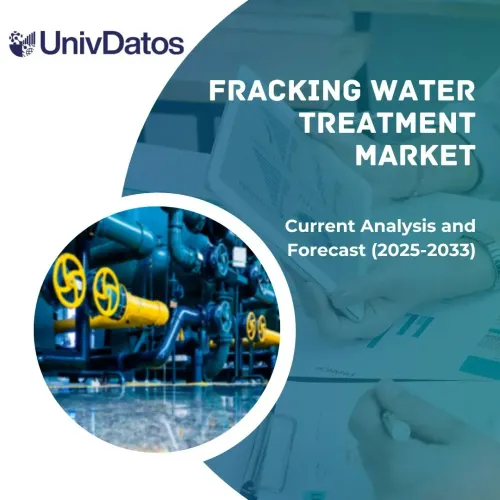- Startseite
- Über uns
- Industrie
- Dienstleistungen
- Lesen
- Kontaktieren Sie uns
Prepreg-Markt: Aktuelle Analyse und Prognose (2022-2028)
Betonung auf Verstärkungstyp (Kohlefaser, Glasfaser und andere); Harztyp (Duroplast und Thermoplast); Form (Unidirektional und Gewebe); Herstellungsprozess (Hot Melt, Lösemittelbad und Harzfilm); Endverbraucher (Luft- und Raumfahrt & Verteidigung, Automobil, Erneuerbare Energien, Sport, Elektrik & Elektronik und andere); Region und Land
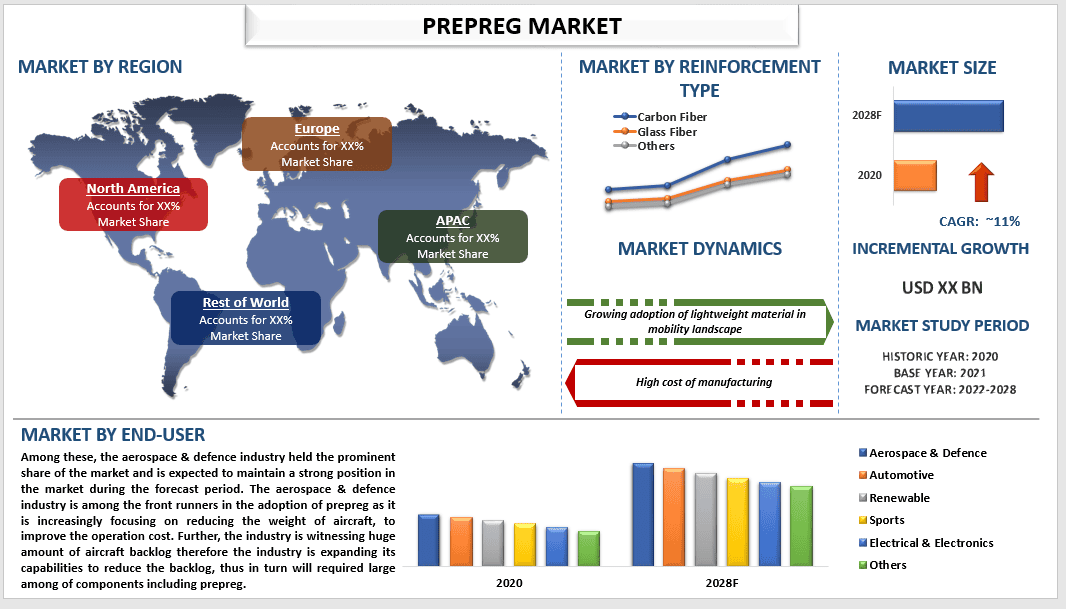
Der globale Prepreg-Markt wird voraussichtlich während des Prognosezeitraums 2022-2028 um etwa 11 % wachsen.Branchen wie Luft- und Raumfahrt & Verteidigung und Automobil investieren stark in den Bereich Hochleistungsmaterialien, die Produkte der nächsten Generation liefern können. Die Bauteile aus Verbundwerkstoffen sind einer der Bereiche, in denen diese Branchen sehr ernsthaft agieren, da Verbundwerkstoffe leichte Produkte ohne Beeinträchtigung der Leistung bieten. Prepregs sind Verbundwerkstoffe, bei denen eine Verstärkungsfaser im bestimmten Verhältnis mit einer thermoplastischen oder duroplastischen Harzmatrix vorimprägniert wird. Sie finden häufig Anwendung in der Luft- und Raumfahrt & Verteidigung, Automobil, erneuerbaren Energien, Sportausrüstung sowie in der Elektro- und Elektronikindustrie. In der Luft- und Raumfahrt & Verteidigung werden sie beispielsweise in Flugzeuginnenräumen, Luft- und Raumfahrtkomponenten, Flugzeugböden und Frachtraumauskleidungen eingesetzt, während sie in der Automobilindustrie für Automobilteile und -komponenten, Werkzeuge und ballistische Paneele verwendet werden. Da die globale Industrie kontinuierlich daran arbeitet, das Endproduktgewicht zu reduzieren und gleichzeitig eine bessere Festigkeit als frühere Produkte zu bieten, wird erwartet, dass der Verbrauch von Prepreg in absehbarer Zukunft steigen wird.
In der Studie präsentierte Erkenntnisse
„Unter den Verstärkungstypen hielt Kohlefaser im Jahr 2020 den bedeutendsten Marktanteil“
Basierend auf dem Verstärkungstyp wird der Markt in Kohlefaser, Glasfaser und andere unterteilt. Davon hatte Kohlefaser einen erheblichen Marktanteil. Große Anwendungsbereiche in Branchen wie Automobil, Luft- und Raumfahrt & Verteidigung, erneuerbare Energien und Sport halten die Nachfrage nach Kohlefaser-Prepreg hoch, da Kohlefaserverbundwerkstoffe 70 % leichter als Stahl, 40 % leichter als Aluminium und etwa 15 % leichter als Glasfaserverbundwerkstoffe sind.
„Unter den Endverbrauchern hielt die Kategorie Luft- und Raumfahrt & Verteidigung im Jahr 2020 einen bedeutenden Marktanteil“
Basierend auf dem Endverbraucher wird der Markt in Luft- und Raumfahrt & Verteidigung, Automobil, erneuerbare Energien, Sport, Elektrik & Elektronik und andere unterteilt. Davon hielt die Luft- und Raumfahrt & Verteidigungsindustrie den bedeutendsten Marktanteil und wird voraussichtlich während des Prognosezeitraums eine starke Position auf dem Markt halten. Die Luft- und Raumfahrt & Verteidigungsindustrie gehört zu den Vorreitern bei der Einführung von Prepreg, da sie sich zunehmend auf die Reduzierung des Gewichts von Flugzeugen konzentriert, um die Betriebskosten zu verbessern. Darüber hinaus verzeichnet die Branche eine riesige Menge an Flugzeugbestellungen, daher erweitert die Branche ihre Kapazitäten, um den Auftragsbestand zu reduzieren, was wiederum eine große Anzahl von Komponenten, einschließlich Prepreg, erfordert.
„Der asiatisch-pazifische Raum wird voraussichtlich während des Prognosezeitraums ein signifikantes Wachstum verzeichnen“
Um das Verständnis der Marktakzeptanz von Prepreg zu verbessern, wird der Markt auf der Grundlage seiner weltweiten Präsenz in Ländern wie Nordamerika (die Vereinigten Staaten, Kanada, Rest von Nordamerika), Europa (Deutschland, Großbritannien, Frankreich, Italien, Spanien und Rest von Europa), Asien-Pazifik (China, Japan, Indien und Rest des asiatisch-pazifischen Raums) und Rest der Welt analysiert. Es wird erwartet, dass die Region Asien-Pazifik während des Prognosezeitraums ein starkes Wachstum verzeichnen wird. Die Region ist einer der größten Märkte für einige der größten Verbraucher von Prepregs wie Automobil, Luft- und Raumfahrt & Verteidigung, erneuerbare Energien und Elektrik & Elektronik. Darüber hinaus sind steigende Investitionen in die regionalen Volkswirtschaften, um die wachsende Bevölkerung zu versorgen, und die steigende Nachfrage der Verbraucher nach hochwertigen Produkten aufgrund steigender Einkommen einige der Faktoren, die das starke Wachstum von Prepregs in absehbarer Zukunft aufrechterhalten dürften. Darüber hinaus machen steigende Produktionskosten in den westlichen Volkswirtschaften andere Regionen gegenüber den asiatisch-pazifischen Volkswirtschaften unrentabel.
Gründe für den Kauf dieses Berichts:
- Die Studie umfasst Marktgrößen- und Prognoseanalysen, die von authentifizierten wichtigen Branchenexperten validiert wurden
- Der Bericht bietet einen schnellen Überblick über die Gesamtleistung der Branche auf einen Blick
- Der Bericht umfasst eine eingehende Analyse prominenter Branchenkollegen mit Schwerpunkt auf wichtigen Geschäftsfinanzen, Produktportfolio, Expansionsstrategien und jüngsten Entwicklungen
- Detaillierte Untersuchung der in der Branche vorherrschenden Treiber, Einschränkungen, wichtigsten Trends und Chancen
- Die Studie deckt den Markt umfassend über verschiedene Segmente ab
- Detaillierte Länderanalyse der Branche
Anpassungsoptionen:
Der globale Prepreg-Markt kann weiter an die Anforderungen oder jedes andere Marktsegment angepasst werden. Darüber hinaus versteht UMI, dass Sie möglicherweise Ihre eigenen Geschäftsanforderungen haben. Nehmen Sie daher Kontakt mit uns auf, um einen Bericht zu erhalten, der Ihren Anforderungen vollständig entspricht.
Inhaltsverzeichnis
Forschungsmethodik für die globale Prepreg-Marktanalyse (2020-2028)
Um den historischen Markt zu analysieren, den aktuellen Markt zu schätzen und den zukünftigen Markt von Prepreg vorherzusagen, werden drei Hauptschritte unternommen, um seine Akzeptanz auf der ganzen Welt zu erstellen und zu analysieren. Es wurden umfassende Sekundärrecherchen durchgeführt, um die historischen Marktzahlen zu sammeln und die aktuelle Marktgröße zu schätzen. Zweitens wurden zur Validierung dieser Erkenntnisse zahlreiche Ergebnisse und Annahmen berücksichtigt. Darüber hinaus wurden umfassende Primärinterviews mit Branchenexperten entlang der Wertschöpfungskette der Branche durchgeführt. Nach Annahme und Validierung der Marktzahlen durch Primärinterviews haben wir einen Bottom-up-Ansatz verwendet, um die gesamte Marktgröße vorherzusagen. Danach wurden Marktunterteilungs- und Datentriangulationsmethoden angewendet, um die Marktgröße der Segmente und Untersegmente der Branche zu schätzen und zu analysieren. Die detaillierte Methodik wird im Folgenden erläutert:
Analyse der historischen Marktgröße
Schritt 1: Eingehende Untersuchung von Sekundärquellen:
Es wurde eine detaillierte Sekundärstudie durchgeführt, um die historische Marktgröße von Prepreg über unternehmensinterne Quellen wieJahresberichte und Finanzberichte, Leistungspräsentationen, Pressemitteilungen usw.und externe Quellen einschließlichZeitschriften, Nachrichten & Artikel, Veröffentlichungen der Regierung, Veröffentlichungen der Wettbewerber, Branchenberichte, Datenbanken von Drittanbietern und andere glaubwürdige Veröffentlichungen.
Schritt 2: Marktsegmentierung:
Nachdem wir die historische Marktgröße des Prepreg-Marktes ermittelt hatten, führten wir eine detaillierte Sekundäranalyse durch, um aktuelle Markteinblicke und Anteile für verschiedene Segmente und Untersegmente für wichtige Regionen zu sammeln. Das Hauptsegment ist im Bericht nach Verstärkungstyp, Harztyp, Form, Herstellungsprozess und Endverbraucher enthalten. Darüber hinaus wurden regionale und länderspezifische Analysen durchgeführt, um die Gesamtakzeptanz von Prepreg weltweit zu bewerten.
Schritt 3: Faktorenanalyse:
Nachdem wir die historische Marktgröße verschiedener Segmente und Untersegmente ermittelt hatten, führten wir eine detaillierteFaktorenanalysedurch, um die aktuelle Marktgröße von Prepreg zu schätzen. Darüber hinaus führten wir eine Faktorenanalyse unter Verwendung abhängiger und unabhängiger Variablen wie die steigende Nachfrage nach Hochleistungsmaterialien mit Leichtbaueigenschaften durch. Es wurde eine gründliche Analyse der Angebots- und Nachfrageszenarien durchgeführt, wobei die steigenden Investitionen, Top-Partnerschaften, Fusionen und Übernahmen, Geschäftsexpansionen und Produkteinführungen in der Prepreg-Industrie berücksichtigt wurden.
Schätzung und Prognose der aktuellen Marktgröße
Aktuelle Marktgrößenbestimmung:Basierend auf umsetzbaren Erkenntnissen aus den obigen 3 Schritten kamen wir zu der aktuellen Marktgröße, den wichtigsten Akteuren auf dem globalen Markt und den Marktanteilen der einzelnen Segmente. Alle erforderlichen prozentualen Anteile, Aufteilungen und Marktunterteilungen wurden unter Verwendung des oben genannten Sekundäransatzes ermittelt und durch Primärinterviews verifiziert.
Schätzung & Prognose:Für die Marktschätzung und -prognose wurden den verschiedenen Faktoren, einschließlich Treibern & Trends, Einschränkungen und Chancen, die den Stakeholdern zur Verfügung stehen, Gewichtungen zugewiesen. Nach der Analyse dieser Faktoren wurden relevante Prognosetechniken, d. h. der Bottom-up-Ansatz, angewendet, um die Marktprognose für 2028 für verschiedene Segmente und Untersegmente in den wichtigsten Regionen weltweit zu erstellen. Die Forschungsmethodik zur Schätzung der Marktgröße umfasst:
- Die Marktgröße der Branche in Bezug auf den Wert (US$) und die Akzeptanzrate von Prepreg in den wichtigsten Märkten
- Alle prozentualen Anteile, Aufteilungen und Aufschlüsselungen von Marktsegmenten und Untersegmenten
- Wichtige Akteure auf dem Prepreg-Markt. Außerdem die Wachstumsstrategien, die diese Akteure anwenden, um auf dem schnell wachsenden Markt zu konkurrieren
Validierung der Marktgröße und des Marktanteils
Primärforschung:Eingehende Interviews wurden mit den Key Opinion Leadern (KOLs), einschließlich Führungskräften der obersten Ebene (CXO/VPs, Vertriebsleiter, Marketingleiter, Betriebsleiter, Regionalleiter, Länderleiter usw.) in den wichtigsten Regionen durchgeführt. Die Ergebnisse der Primärforschung wurden dann zusammengefasst, und eine statistische Analyse wurde durchgeführt, um die aufgestellte Hypothese zu beweisen. Eingaben aus der Primärforschung wurden mit Sekundärergebnissen konsolidiert, wodurch Informationen in umsetzbare Erkenntnisse umgewandelt wurden.
Aufteilung der primären Teilnehmer nach Interessengruppen und Regionen
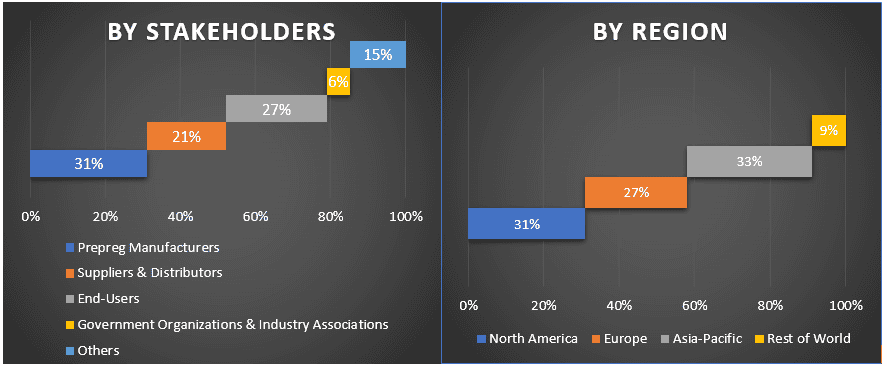
Market Engineering
Die Daten-Triangulationstechnik wurde verwendet, um die gesamte Marktschätzung abzuschließen und präzise statistische Zahlen für jedes Segment und Untersegment des globalen Prepreg-Marktes zu erhalten. Die Daten wurden nach der Untersuchung verschiedener Parameter und Trends in den Bereichen Verstärkungstyp, Harztyp, Form, Herstellungsverfahren und Endverbraucher in mehrere Segmente und Untersegmente aufgeteilt.
Das Hauptziel der Prepreg-Marktstudie
Die aktuellen und zukünftigen Markttrends von globalem Prepreg wurden in der Studie ermittelt. Investoren können strategische Erkenntnisse gewinnen, um ihre Investitionsentscheidungen auf der qualitativen und quantitativen Analyse in der Studie zu basieren. Aktuelle und zukünftige Markttrends würden die Gesam attractiveness des Marktes auf Länderebene bestimmen und eine Plattform für die industriellen Teilnehmer bieten, um den unerschlossenen Markt zu nutzen und von einem First-Mover-Vorteil zu profitieren. Weitere quantitative Ziele der Studien umfassen:
- Analysieren Sie die aktuelle und prognostizierte Marktgröße von Prepreg in Bezug auf den Wert (US$). Analysieren Sie auch die aktuelle und prognostizierte Marktgröße verschiedener Segmente und Untersegmente
- Zu den Segmenten in der Studie gehören der Bereich Verstärkungstyp, Harztyp, Form, Herstellungsverfahren und Endverbraucher
- Definierte Analyse des regulatorischen Rahmens für die Prepreg-Industrie
- Analysieren Sie die Wertschöpfungskette unter Einbeziehung verschiedener Intermediäre sowie die Analyse des Kunden- und Wettbewerbsverhaltens der Branche
- Analysieren Sie die aktuelle und prognostizierte Marktgröße von Prepreg für die wichtigsten Länder
- Zu den wichtigsten in dem Bericht analysierten Regionen/Ländern gehören Nordamerika (die Vereinigten Staaten, Kanada, Rest von Nordamerika), Europa (Deutschland, das Vereinigte Königreich, Frankreich, Italien, Spanien, Rest von Europa), Asien-Pazifik (China, Japan, Indien, Rest von Asien-Pazifik) und Rest der Welt
- Unternehmensprofile der Prepreg-Marktteilnehmer und die von ihnen angewandten Wachstumsstrategien, um den wachsenden Markt zu erhalten
Detaillierte Analyse der Branche auf Länderebene
Verwandt Berichte
Kunden, die diesen Artikel gekauft haben, kauften auch

